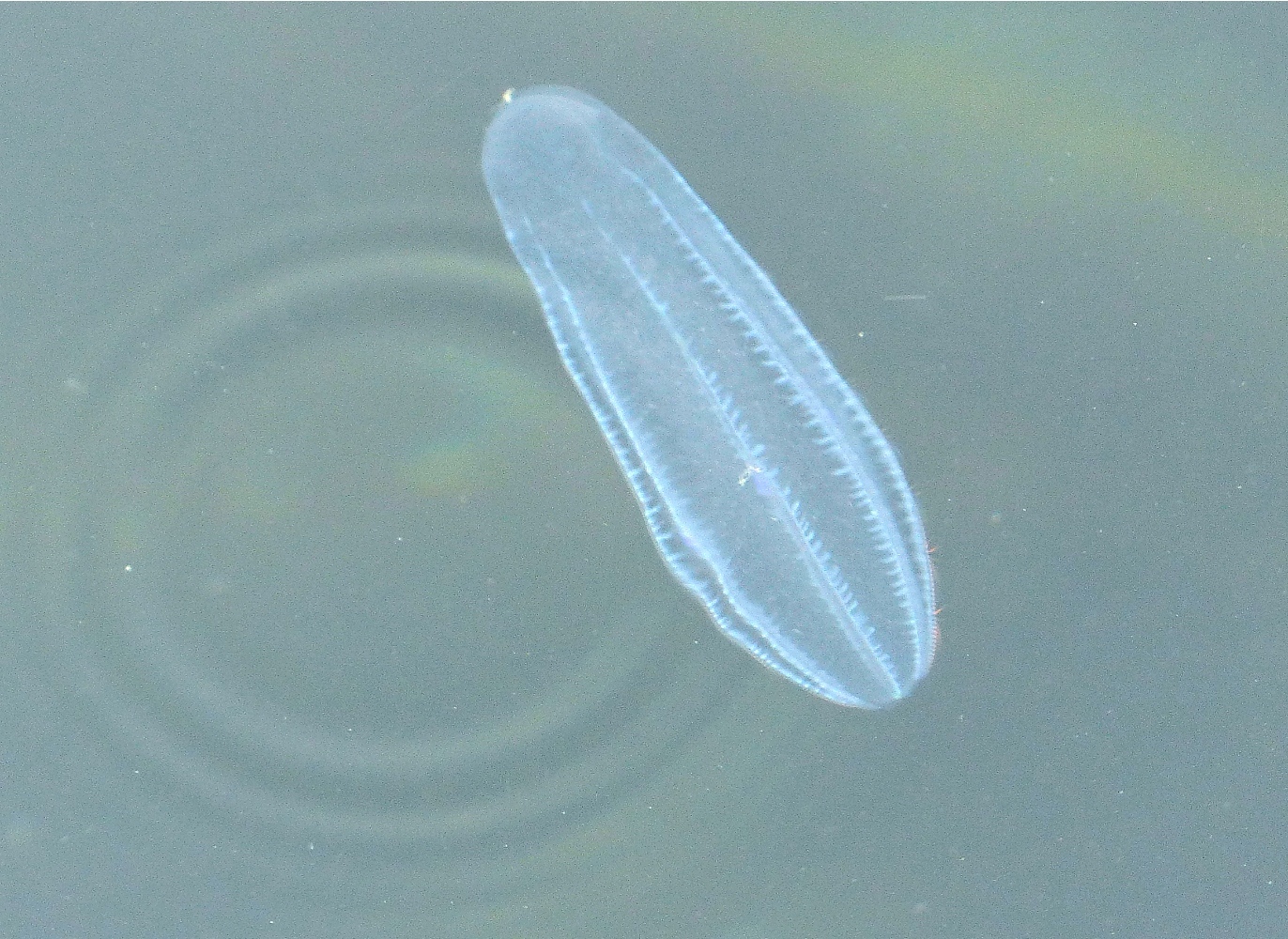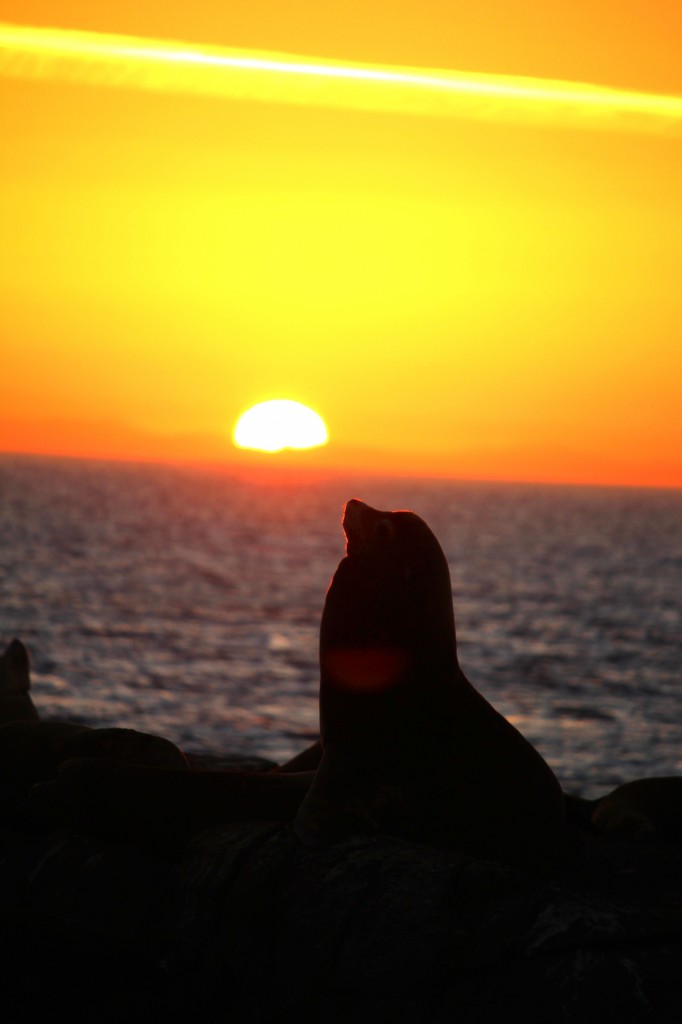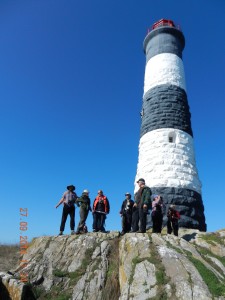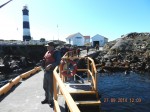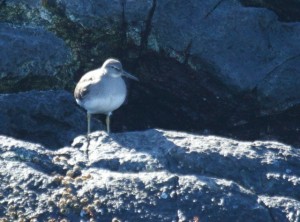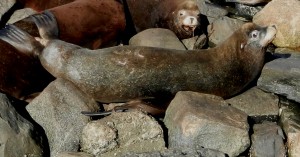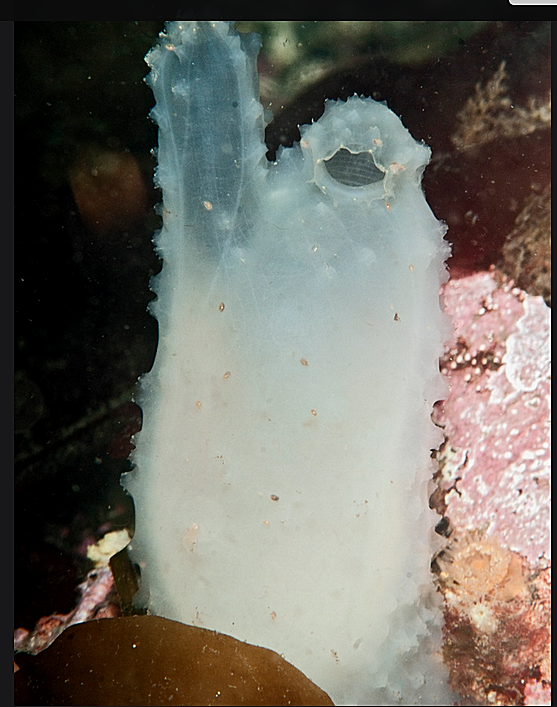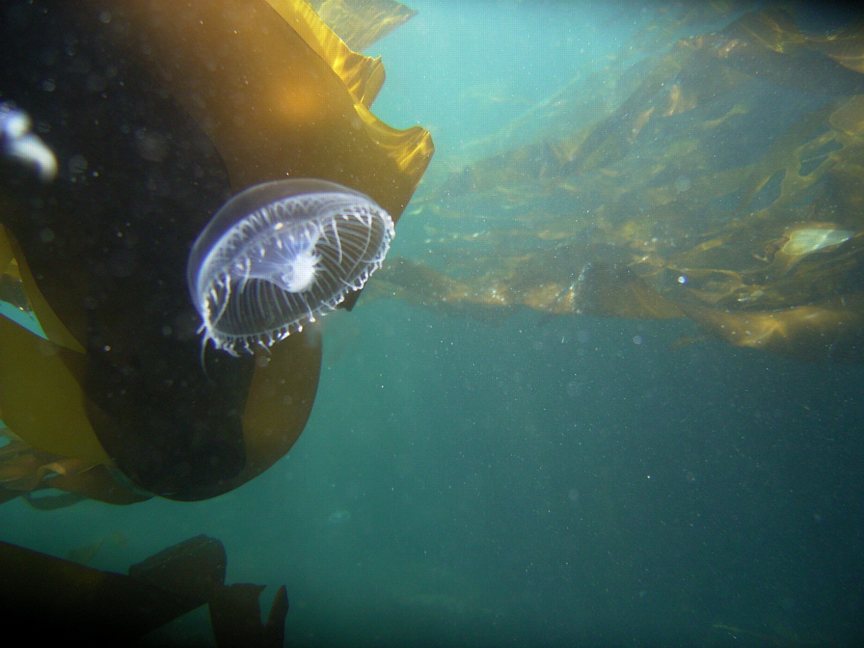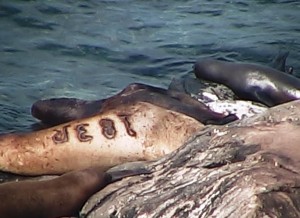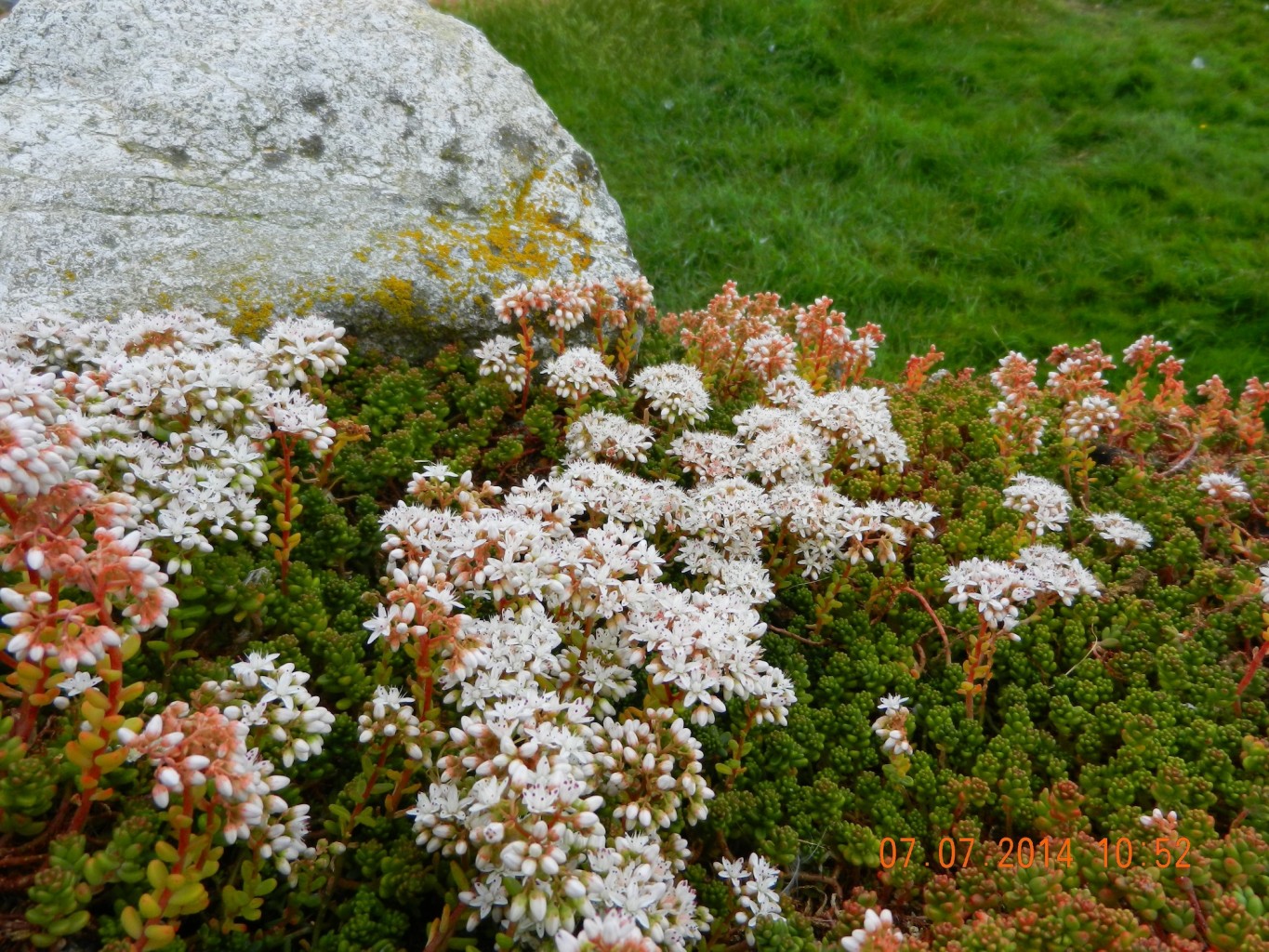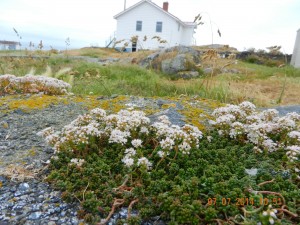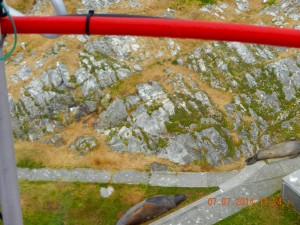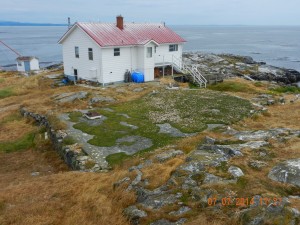In August, 2014, the Trans Mountain Pipeline consultant Tera submitted a “Supplemental Traditional Marine Resource Transportation Technical Report.
In it, a chart is presented with areas of traditional use by the Esquimalt First Nations is presented. This is the first time this kind of map has appeared, and it is rather interesting since the Esquimalt FN remained uninvolved throughout the Race Rocks MPA Advisory Board meetings .
“EXECUTIVE SUMMARY An Environmental and Socio-Economic Assessment was completed by TERA, a CH2M HILL Company,and was submitted as part of the Application to the National Energy Board (NEB) in December 2013 for the proposed Trans Mountain Expansion Project (referred to as TMEP or the Project). The NEB will conduct a detailed review and hold a Public Hearing to determine if it is in the public interest to recommend a Certificate of Public Convenience and Necessity for construction and operation of the Project. Pending regulatory approval, Trans Mountain Pipeline ULC (Trans Mountain) plans to begin construction in 2016 and go into service in 2017.Trans Mountain will continue to engage Aboriginal communities through all phases of the Project. Traditional Marine Resource Use (TMRU) information received from participating communities will be reviewed in order to confirm literature results and mitigation measures. Additional issues of concern, TMRU sites or features identified through ongoing engagement with Aboriginal communities will be considered for incorporation into Project planning under the guidance of existing marine transport regulations and mitigation recommendations. The results of these ongoing engagement efforts will be provided to the NEBin future supplemental filings. Further information is provided in Technical Report (TR) 8B-5 in Volume 8B, Traditional Marine Resource Use Technical Report of the Application. ”
This report contained a map of the traditional use areas of Esquimalt First Nations which shows use of the Race Rocks Area as well as the adjacent coastline. It is shown in this link:
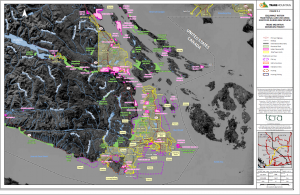
Click for large version

